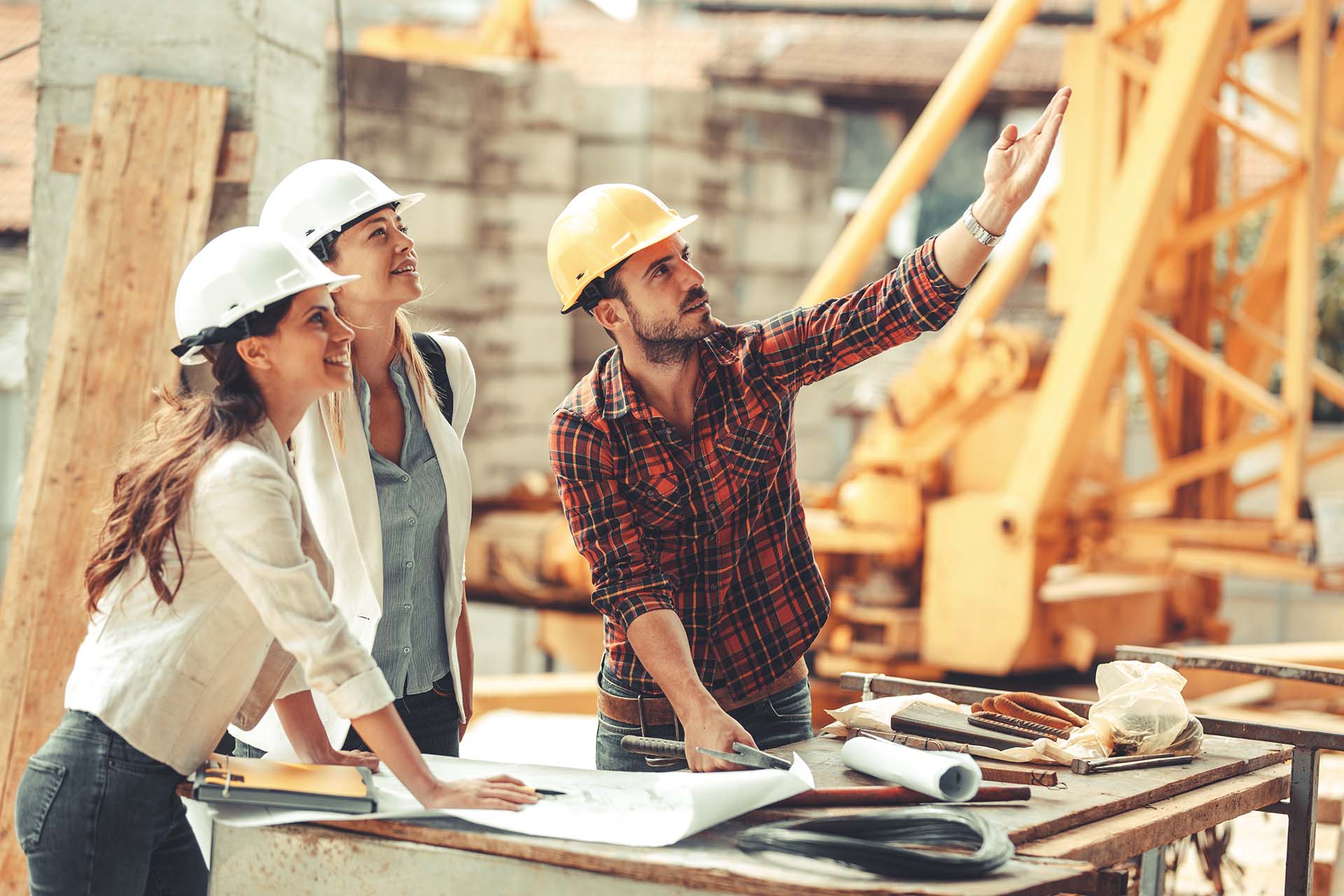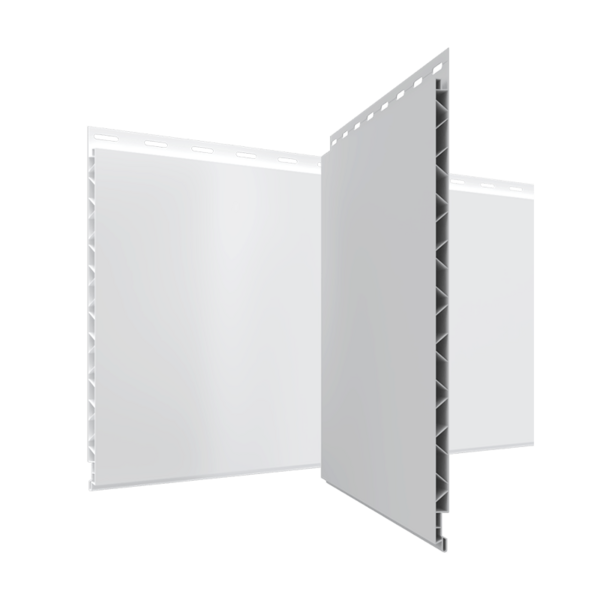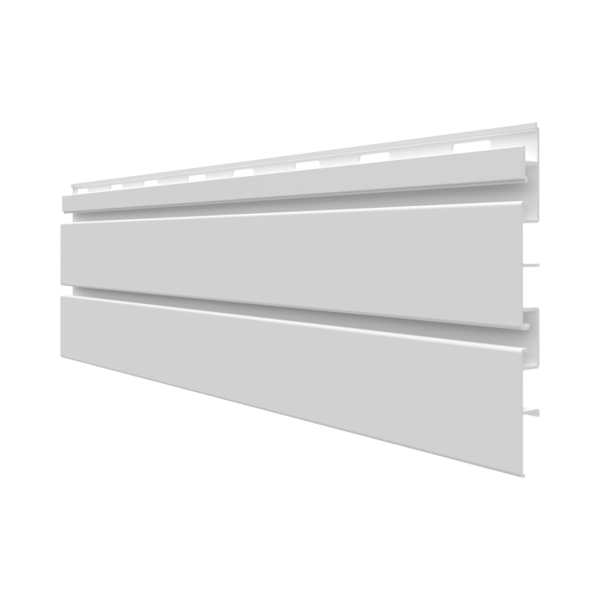Our climate crisis has underscored the need for better, longer-lasting, more environmentally responsible structures. Meeting those needs means designing durability and resiliency into every building and into the products used to create them — products like those made by Trusscore.
Why the focus on durable and resilient design? Here are the Coles notes:
- Increasingly severe weather is placing greater demands on buildings, creating a demand for better resiliency and durability in both buildings and the products that they’re built from
- “Durability by design” means focusing design on better performance from the products used to create structures and from the structures themselves, easing the demands buildings place on the environment
- Selecting building materials that contribute to better designed, more resilient buildings — ones that preserve investment, reduce waste, and contribute to a more sustainable way of living — is paramount.
Climate change and the associated increased frequency and severity of extreme weather events have generated an increased focus on sustainability, durability, and resiliency as they apply to buildings and the materials with which they’re constructed.
As the U.S. Department of Housing and Urban Development stated as far back as 2015 in a paper titled “Durability by Design: A Professional’s Guide to Durable Home Design, “A sustainable future for America requires sustainable buildings.” The same statement could be said of the entire world. A sustainable future for the planet requires sustainable buildings.

Sustainable design is design that helps reduce, rather than contribute, to global warming. Sustainable design is design that reduces the materials required during the construction of a building and during its lifecycle. Sustainable design is resilient design, design that includes resilient building materials and resilience in construction – using materials that last, that don’t require replacement, that create buildings that stand the test of time.
Not only does resilient design help in the fight to contain global warming by reducing material use throughout a building lifecycle, but it also serves as a buttress when severe weather events take place. Buildings constructed with resilient materials can better withstand floods, snow events, and high winds, protecting people and investment alike, and reducing waste by reducing the need to replace damaged material.
The University of Waterloo, in a 2020 report on practical approaches for reducing flood risks, wrote about the benefits that accrue when design decisions are made at the outset of a project that has resiliency and durability top of mind:
“The ‘Build it Right’ approach maximizes return on investment: The cost of building something ‘right’ to adapt to climate change is not materially different than the cost of building ‘wrong,’ without flood-resilience and risk-reduction measures. But if something is built ‘wrong’ from the start, the costs of fixing it later can be substantial. Therefore, the ‘build it right’ approach maximizes the return on investment.”
In short, “baking in” resiliency from the outset, by design, on purpose, proves to be the better investment precisely because it's less wasteful and more sustainable.
The demand for sustainable buildings, brought on by environmental legislation and a push from investors, shareholders, and tenants has created a corresponding need to benchmark a building’s environmental performance. Sustainable design standards have emerged. Two of the most prominent are LEED, (Leadership in Energy and Environmental Design) and BREEAM (Building Research Establishment Environmental Assessment Methodology). BREEAM and LEED Canada have established criteria for durability of materials used in construction, the achievement of which helps in achieving LEED or BREEAM certification.
These standards are helping spur the creation of new building products that are designed for longevity, durability, and resiliency, products that perform in the face of extreme weather events, products that don’t need replacing, that create less waste and contribute to a building’s sustainability bonafides.
Trusscore products are an example of this kind of design.
Trusscore is a material science company that aims to change residential and commercial construction with products that combine sustainable materials with nanotechnology. It designs resiliency and performance into every product it makes in order to improve on existing products and make a net contribution to a sustainable future.
Trusscore Wall&CeilingBoard and Trusscore SlatWall, for example, are superior PVC-based alternatives for traditional drywall and fiber-reinforced plastic (FRP) panels.
They substantially outperform drywall, particularly in high-stress and high-moisture environments. They typically outlast the buildings they’re installed in – intentionally designed to be long-lasting and resilient.
Trusscore products are impervious to water. Unlike drywall, they won’t mold, swell, or rot if they get wet. Unlike drywall, they’re easily replaced and recyclable, reducing waste. Unlike drywall, they can withstand significant impact.
They’re hygienic, easily cleaned, inert, low VOC compliant, and chemical-resistant.
In short, Trusscore products are the very definition of resilient building material.
Climate change, extreme weather events, and a heightened awareness of social responsibility means the day has officially arrived: Care must be taken with every decision we make given its critical impact on our natural environment. Architects know that durability and resiliency by design, in our buildings and the products used to build them, are part of good environmental stewardship.
Trusscore is determined to be among those stewards, creating products that will stand the test of time – and the test of resilient design.
Durable & Resilient Trusscore Products
Wall&CeilingBoard
Trusscore Wall&CeilingBoard is an interlocking, interior PVC wall and ceiling panel that is lightweight, low maintenance, and outperforms alternative products like drywall and FRP.
Learn MoreSlatWall
Trusscore SlatWall is a high-strength, on-the-wall organization system that’s easy to install and seamlessly integrates with Trusscore Wall&CeilingBoard.
Learn More




